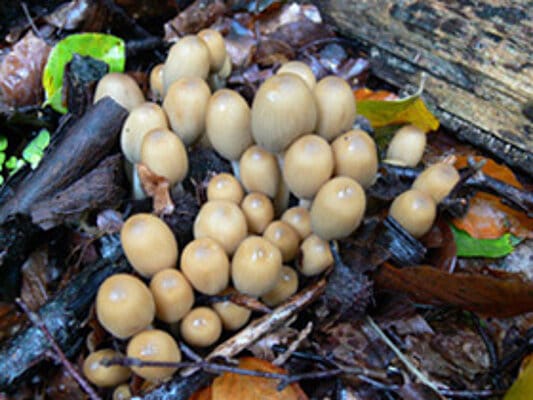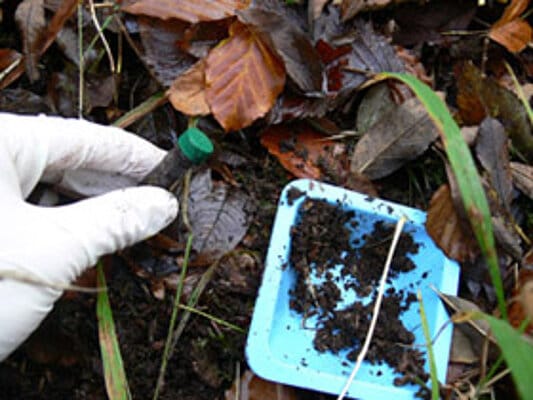Fungal peroxidases in soils: functional and taxonomic diversity and enzymatic activities under varying land-use regimes in the German Biodiversity Exploratories
Among the macroscopically fruiting mushrooms the club fungi (basidiomycetes) play a central role in nature. Saprobic soil fungi are responsible for the decomposition of recalcitrant plant biopolymers contained in the litter layer of soils. Without the activities of basidiomycetes the landscape figuratively would suffocate in dead plant remnants (leafs, needles, twigs). This ecological group of litter degrading fungi is physiologically widely distinct from symbiotic mycorrhizal fungi and from parasitic and saprobic wood-rotting fungi. To estimate the diversity of litter-degrading fungi, organisms must be isolated as pure cultures or detected in soils by molecular means. Unfortunately, the isolation of microbes on artificial media is incompletely covering the microbial diversity, and neither will any of the molecular detection methods cover all diversity because of the inhomogeneity of soils. The German Biodiversity Exploratories offer an excellent platform to study fungal diversity under different types and intensities of land use with varying plant communities.
- Diversity of fungal peroxidases is larger in sites also rich in plant taxa.
- Diversity of fungal peroxidases is larger in forest sites than in agricultural sites.
- There is a continuum of peroxidases in soil and wood.
In this research project, we particularly address one ecological group of basidiomycetes, the litter decomposers, at the level of genes and proteins. Central to this endeavour are extracellular peroxidases, which are key enzymes in the degradation of lignin and humic substances. Beyond their ecological importance, these enzymes are of interest for biotechnological applications as they also catalyze pharmaceutically relevant reactions and oxidize pollutants. Peroxidases of soil and litter are detected on the DNA, RNA and enzyme protein level, and later will be characterized for their molecular and catalytical parameters.
Currently, participants of FUPERS work at optimizing molecular biological and protein chemical methods (e.g. design of peroxidase primers, enrichment of enzymes, detection in soil extracts), placing and processing of litter bags in Hainich, and the analysis of basidiomycete diversity based on specific primers. Microcosm experiments in the lab with Hainich-derived fungal strains will allow conclusions on the abundance of ligninolytic peroxidases and peroxygenases. The goal is to identify key players of lignin degradation to later detect them in the field (in soil and litter samples).
















